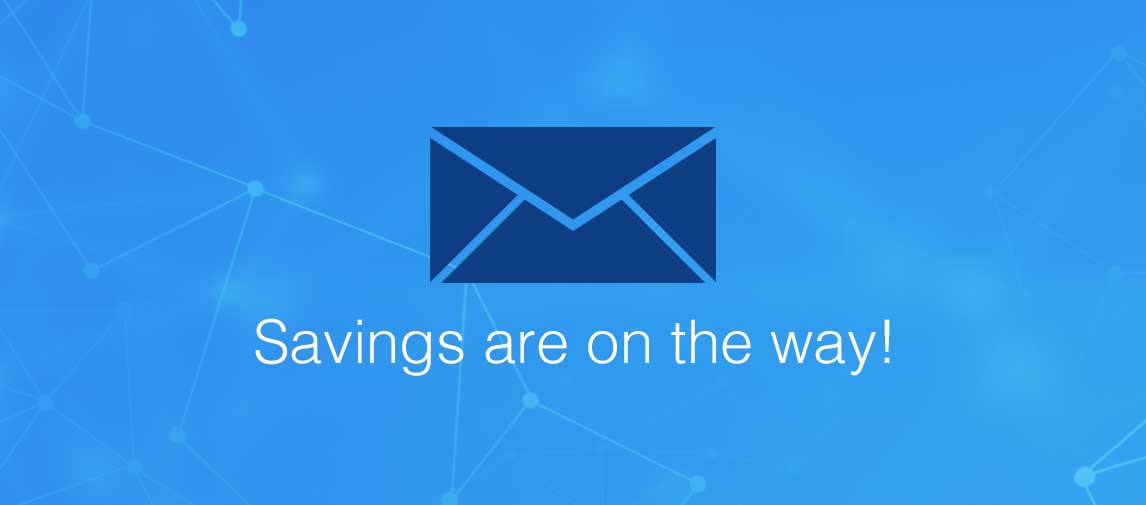title
Please take a moment to fill out this form. We will get back to you as soon as possible.
All fields marked with an asterisk (*) are mandatory.
Java - Spring Framework Learning Journey
Courses
Essentials of the Spring 4.1 Framework (EJJF-695)
5 days | Required
This Essentials of Spring 4.1 Framework course is designed to provide students with a solid understanding of how to use Spring framework in developing applications. Students are initially introduced to the Spring framework, focusing on its architecture and benefits. Dependency injection and inversion of control concepts are explained in detail, followed by Aspect Oriented Programming. Data access using Spring’s JDBC facilities and integration with hibernate are also explained in detail. Spring transactions and JUnit integration are covered extensively.
Find your Class →Mastering Microservices with Spring Boot and Spring Cloud (EJJF-730)
4 days | Required
This Mastering Microservices with Spring Boot and Spring Cloud Training course introduces Spring Boot, Spring Cloud and the Netflix OSS suite as a way of deploying highly resilient and scalable RESTful services and web applications. Spring Boot is a technology stack that builds on the popular Spring Framework to allow Spring-based applications as stand-alone jar files that host their own web servers. This approach works nicely with deployment automation and rapid scaling. Cloud-based, highly-distributed applications face additional challenges in supporting a dynamic environment – especially around configuration, service discovery, service resilience and monitoring. Spring Cloud embraces and extends the popular suite of open source cloud tools published by Netflix (Eureka, Hystrix, Ribbon, etc).
Find your Class →Need more Information?
Speak with our training specialists to continue your learning journey.
Talk to our team







